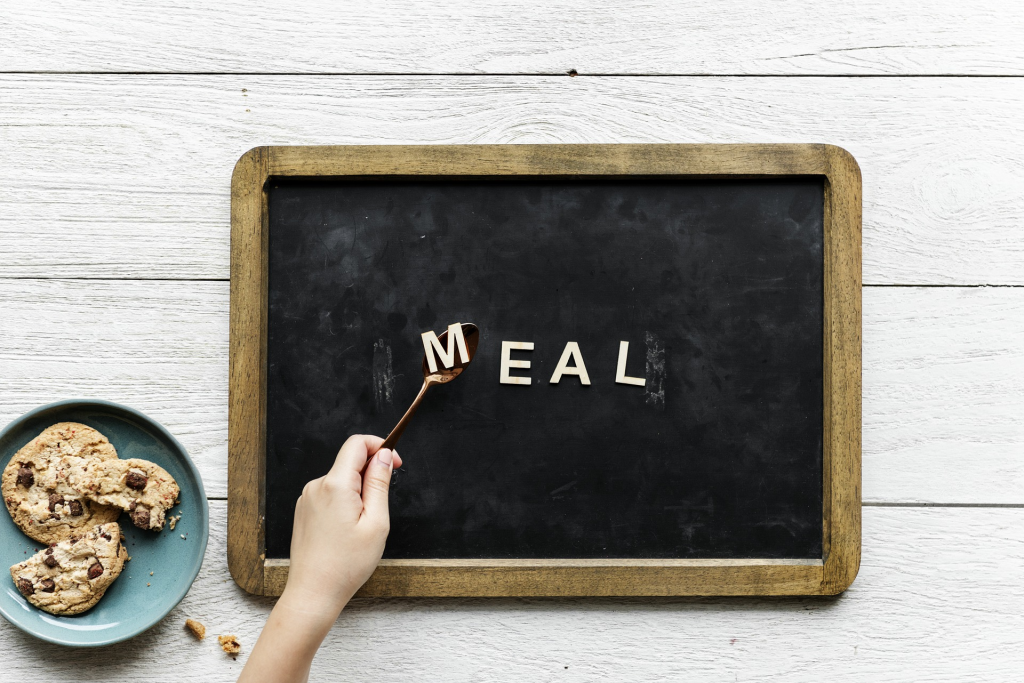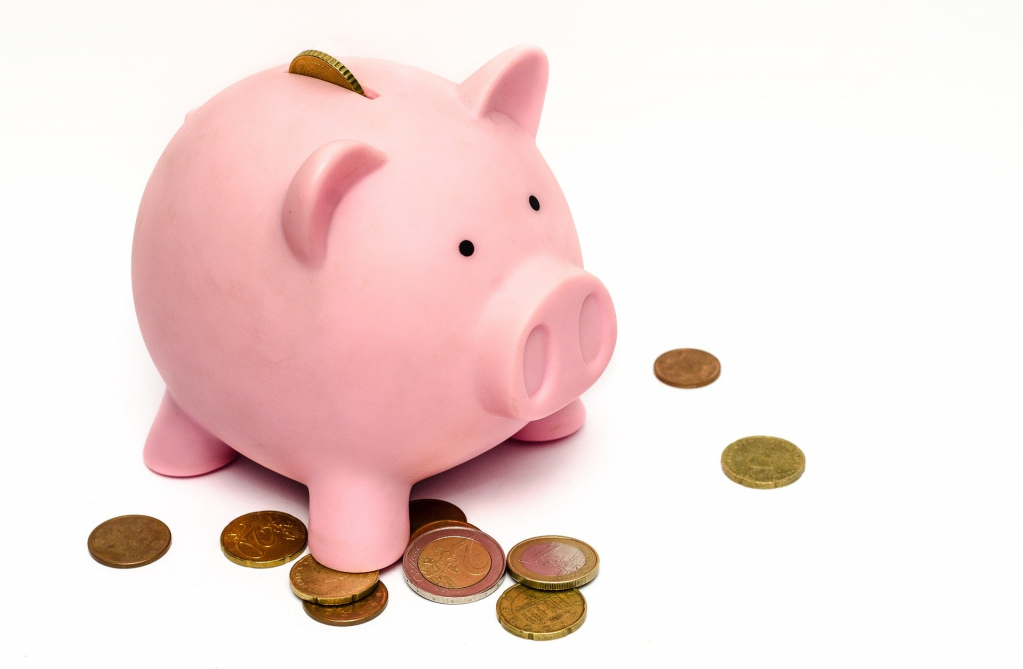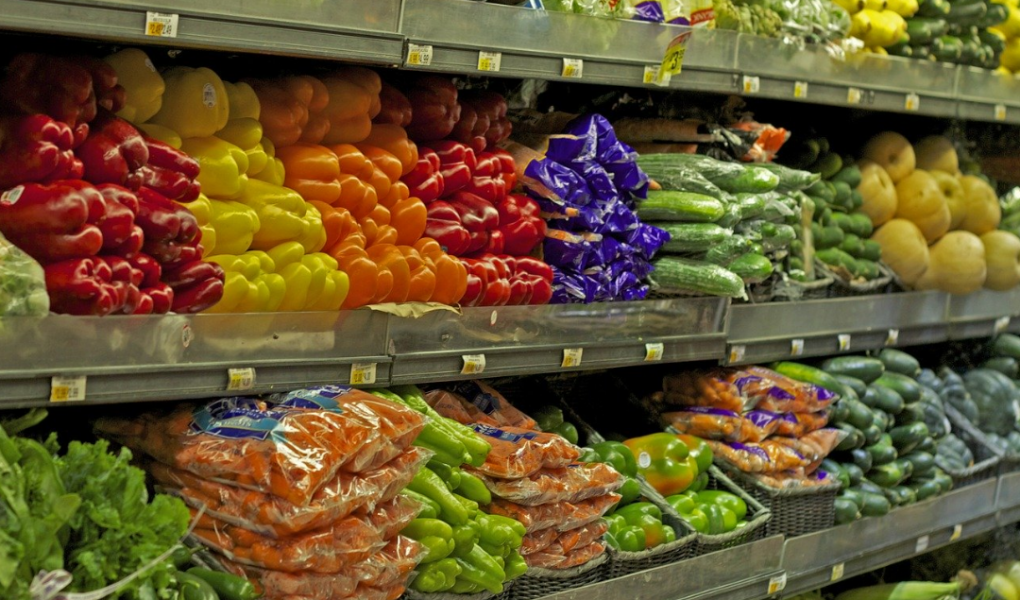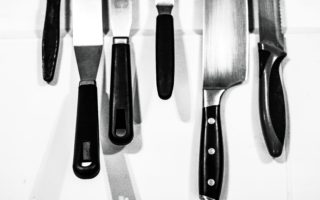For some, entering a grocery store needs to be a quick visit, it is joyous, and grocery shopping can be dreadful. At the end of the day, it is a necessity for survival and doesn’t have to be a drag. There are plenty of ways to make your grocery store visit pleasant and manageable! Luckily for you, this guide can not only help you develop healthy meal plans save you money, but it can leave you a little less stressed when you think about grocery shopping. First, you have to take a moment to think about who you are feeding, what they like to eat, how much money you can dedicate to your budget, and save time to execute a grocery run. Each individual will have different needs, especially if the person has health outcomes or food allergies, so please consider that.
So let’s get started on this EASY grocery shopping guide!
Weekly Grocery Store Game Plan
It can be easier to handle meal plans weekly vs. bi-weekly or monthly. This allows you to ensure you are not wasting any food, creating different & satisfying meals and taking into consideration the nights/days you are eating out.
- Identify “Likeable” foods for your family
This will give you an idea of the types of meals you can create, which will help you manage your budget.
2. Develop Meal Plans

Meal plans sound very scary and professional, but it does not have to be! Buying ingredients for a set meal plan can be cheaper than going to the grocery store blind!
Now, there are many great resources for you to find delicious, healthy, and cheap recipes.
Below are great resources to identify great meal plans for you and your family.
3. Grocery List
Once you have developed a meal plan for the week, it’s essential to itemize a grocery list. Once that is established, you should check off what you already have in your fridge and pantry. By doing this, you can avoid purchasing and use what you already have. Instead, you should save your list and meal plan to use in the future, saving you time in the future. USE WHAT YOU ALREADY HAVE!
There are many ways to write a grocery list!
- Write a list (pen & paper)
- Use the notes in your phone
- Our Groceries Shopping List App
4. Coupons
Coupons, sales, and purchasing in bundles are a great way to save money! Another way to save money is to identify low-cost stores that sell everything you need. This means you will need to set aside to look for coupons sales and ask your grocery store workers about reward programs! Most grocery stores have apps for smartphones that provide deals by just downloading the apps.
Coupon Resources
- Coupons. Com: Grocery coupons app
- KCL: Shop Smart. Save Money app
- Specific Store apps (whole foods, target, ralphs, etc..)
- Newspaper coupon section

6. Buy in Season
Foods that are not in season or produced locally generally cost more because they have to be sourced from a different country/location. Eating local foods helps reduce transit times and carbon emissions because of the reduced time on the road! Buying locally also helps support the local economy! Other benefits include satisfying your taste buds by pairing your food with the seasons. So how do you do that? Well, I am glad you asked! Below is an excellent resource for you to use to identify in-season foods!
Identifying in Seasoned Foods
5. EAT BEFORE YOU SHOP!!!
This is probably the BEST advice you should take because there is nothing more tempting than shopping on an empty stomach! Eating before you buy allows your willpower to only stick with your grocery list vs. shopping with your hunger emotions. Also, avoid temptations by only going in aisles you need to go in! The less you put in your cart, the more money you can save!
The Best Nutrition for Your $$$$$

Another simple way to save money is to compare similar foods by prices and serving sizes. For example, if you see a 16 oz box of generic mac and cheese for $3.49 and next to it sits a 16 oz box of mac and cheese for $2.49, it equates to $1.00 saved! Imagine you do that for all 40 items in your cart! CHA-CHING- Money saved! Something to also keep in mind is the NUTRITIOUS value a food offers. This means you will need to read and understand food labels.
Debunking Food Labels
Hidden sugars are not easily identifiable because they are listed in the ingredients and have very scientific names. Manufacturers do not have to list added sugars on their products, which can be hard to follow for the consumer. Healthy food can be tricky to identify because food companies want their product to sell, and in this day in age, healthy is selling. Don’t be scared! I have a great resource to share that is simple, easy to understand, and can identify healthy food options to accompany your healthy meal plans!
- Reading Food Labels
- How to read food labels
- Identifying Hidden Sugar names
2. Identifying Healthy Claims
As I mentioned earlier, it’s easy for companies to slap a health claim on their product. You know how the resources to help debunk food labels now let’s provide you with resources to identify healthy labels. Whether you have food allergies or are simply looking for organic products, only you will learn how to look at a product for 5 seconds and identify them as healthy.
Below are some common health claims to look out for.
- 100% Whole Wheat
- Whole Grain
- Organic
- Non-GMO
- Gluten-Free
- Vegan/Vegetarian
- Low Sugar
- Low Fat
3. Rebate apps
You are probably thinking to yourself, rebate?! YES, there are apps out there that you can use to get rebates on your purchases. So not only are you shopping but you are earning money back when buying food!
How To Identify Food Tags
Reading a food tag is very important because it identifies the product’s price and the possible sale of a product. The price tag provides you with the retail price and the unit price. You can compare costs by reviewing the label and using that information to compare the price of your product to your budget. Another way to keep track of food prices is by using an everyday regular calculator or app that helps you keep track of the cost of your products. Most sale tags will be bigger and brighter than the standard tag, making the sale easily identifiable!
Unit price vs. Retail price
(Photo Credit: MyPlate)





